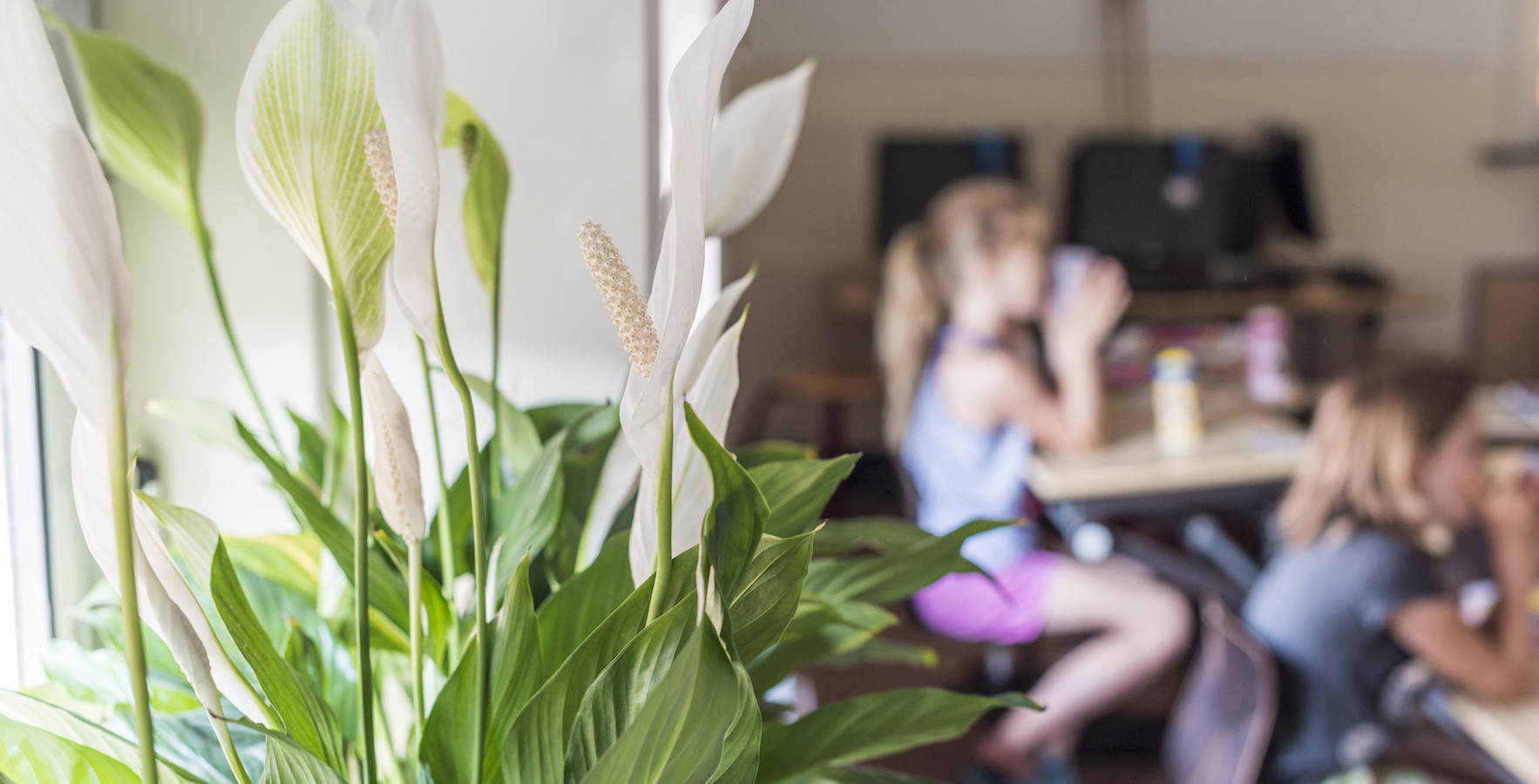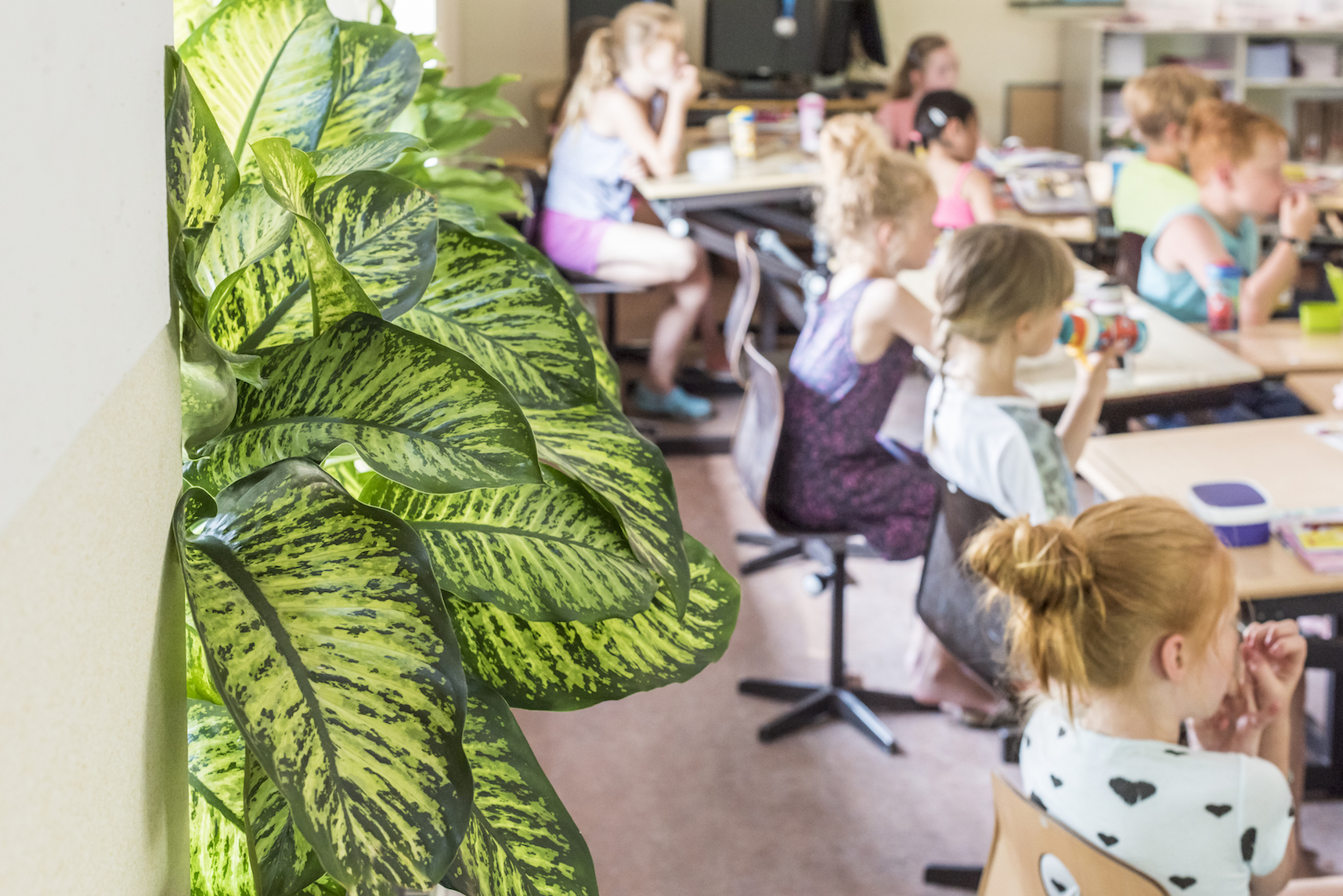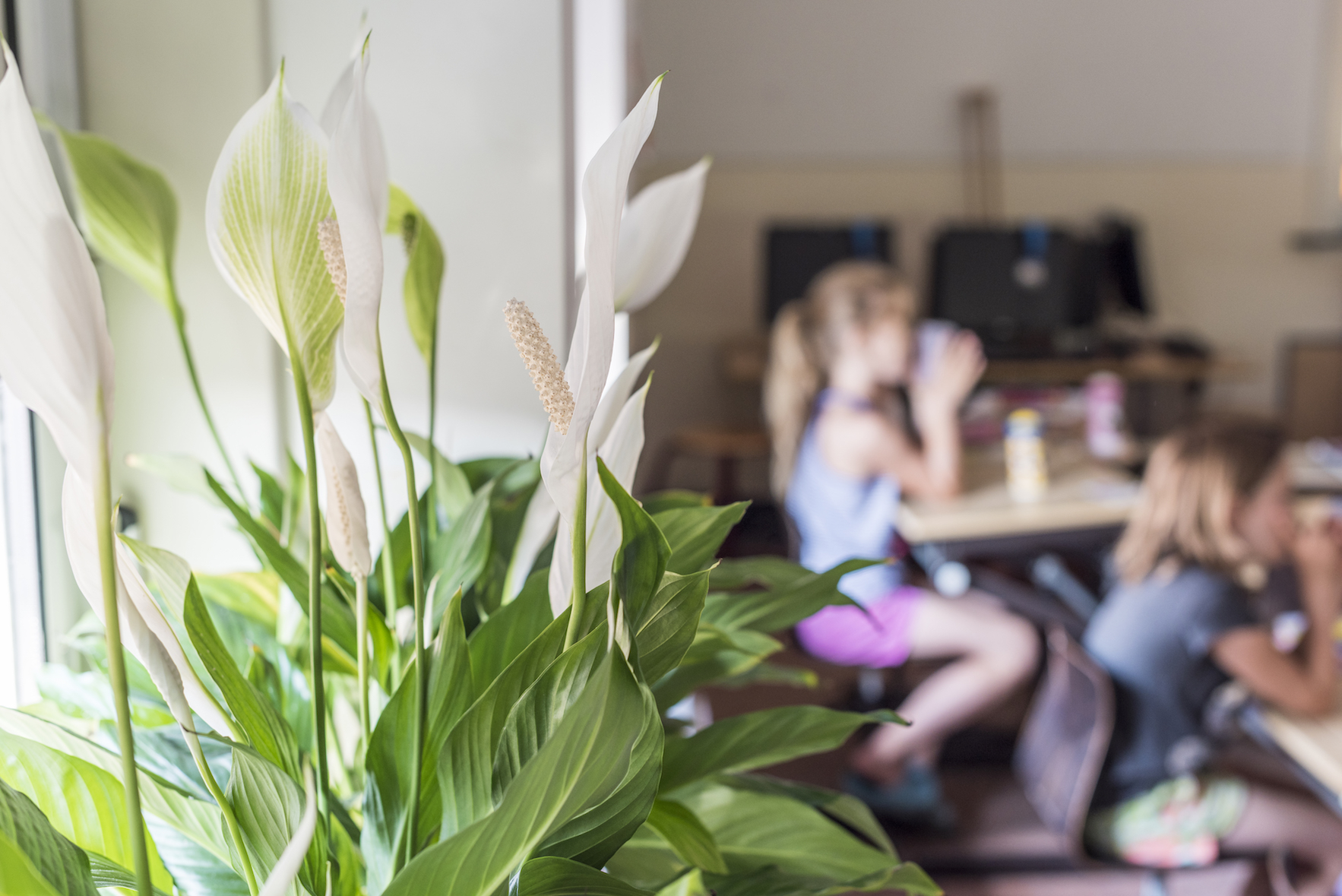
It is not unusual for us to spend 90 per cent of our time indoors, and in here, air is five to 10 times more polluted than the air outside. With polluted air comes a myriad of health risks, not to mention fatigue and difficulties with concentration.
Some of the main offenders when it comes to indoor air pollution are harmful VOCs, or Volatile Organic Compounds. These can come from manmade products commonly found indoors, such as paint, solvents, carpets and upholstery.

It seems, obvious, then, that we need to think more seriously about how we can improve our indoor air. New buildings are often designed with sophisticated air ventilation systems to create cleaner air, but new research is looking into how plants can play a similar role.
Climate architect Marius Ballieux is currently conducting a study into how effective plants can be at absorbing VOCs and specifically, how many, and what species of, plants are needed to clean the air most effectively.

Ballieux is already discovering that simply placing indoor plants in a room is not enough to ensure we are removing toxins effectively from the air.
For starters, a certain number of plants is needed, as well as a certain amount of air movement. What’s more, plants work better at absorbing toxins on different days. They are not consistent.
The research, supported by Waterdrinker Aalsmeer and Nieuwkoop Europe, is recording data 24/7 to measure how effectively plants clean up air pollution, using different amounts of pollution and levels of light.

The ultimate aim is to create a planting product, for example a living wall, which is tailored to clean up specific levels of pollution.
This would take the world of interior landscaping to a new level of design, helping us to create schemes calculated to provide clean air effectively and efficiently.